The Mayan art is that produced by the ancient civilization of the Mayans, one of the pre-Columbian peoples who inhabited Central America around 2600 BC. and which remained until the 17th century.
The Mayan cities encompassed about five countries:Mexico, Guatemala, Belize, Honduras, and El Salvador.
Key Features
Mayan art presents a high degree of sophistication, given the time in which it was produced. It involves different materials (stone, earth, mortar, plaster, wood, terracotta, ceramics, paper, etc.) and techniques.
It has a strong relationship with beliefs, politics, history, culture and polytheistic religion, made up of various deities of the Mayan civilization.
Mayan Architecture
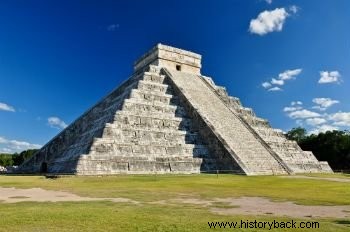
Used mainly for ceremonies, Mayan architecture presents a high degree of sophistication, sumptuousness and monumentality, with the production of temples, palaces, pyramids, tombs, observatories, among others.
These architectural spaces housed several paintings and sculptures being formed by arches and vaults.
Mayan Urbanism
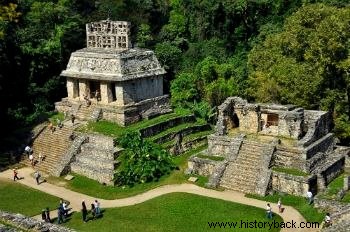
The city-states of the Mayan civilization had a large and elaborate urban infrastructure, avenues, sidewalks, housing, leisure areas, stadiums, squares, among others. One of the main centers of Mayan civilization is the "temple city" (or archaeological city) founded approximately 450 BC.
Chichen Itzá was the capital of the Mayans, being the most important city of civilization, which was formed by the pyramid of Kukulkan (El Castillo), the Temple of Chac Mool, the Square of a Thousand Columns and the Playground of Prisoners. In addition, the cities of Tikal, Uxmal, Quiriguá, Copán, Mayapán and Palenque deserve to be highlighted.
Mayan Painting
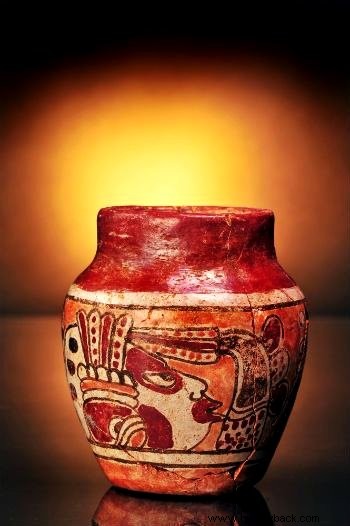
In addition to the paintings carried out in handicrafts produced mainly in ceramics, Mayan painting had great prominence with the production of several murals, which adorned the walls of palaces and temples.
With the fresco technique, the murals were multicolored and presented historical, everyday, cultural, ceremonial and religious scenes.
Mayan Sculpture
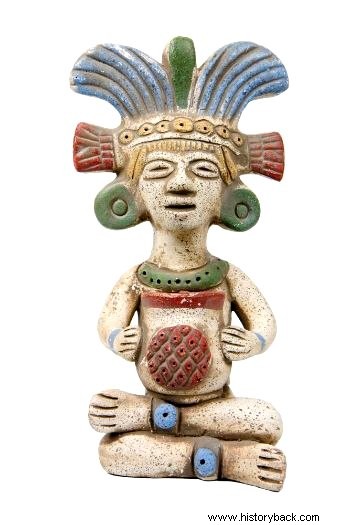
The naturalistic style expressed in Mayan sculptures is notorious, since they produced several human figures as well as those related to religious symbols.
Mayan sculptural art was intended to beautify sites, so it adorned temples and palaces. The most used materials for the production of this art were stones, plaster and wood.
Mayan Dance and Theater
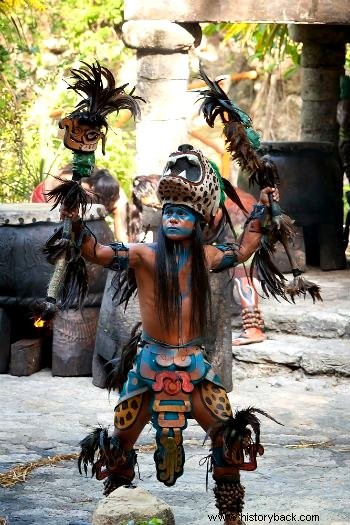
Dances and theatrical performances were closely related to the religion of the Mayans and took place in ceremonies performed for the gods.
In these meetings, in addition to the artistic presentations, there were offerings of food and sacrifice of animals and people. Children were often sacrificed in the names of the gods, as they were considered more pure.
See also:Aztec artMayan cuisine
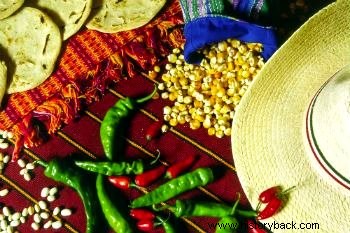
Mayan cuisine revolved around the main food they consumed:corn. Other grains were also part of the Mayan diet such as beans, wheat and rice. They ate roots and animals that they hunted and fished, as well as some fruits and vegetables. In food, they used spices.
See also:Inca artMayan Garments
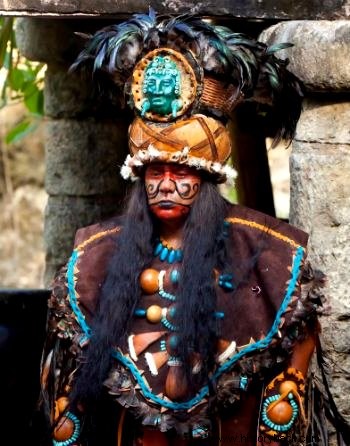
The clothes of the Mayan civilization were very colorful and had several embroideries. The hat was an important element that revealed the individual's social identity.
In addition to hats, scarves, caps and tiaras were part of the clothing. Nobles wore embroidered garments that were often composed of gemstones and feathers. In addition, they used accessories such as jewelry.
To complement your research, read also :
- Mayans
- Mayan Calendar
- First Peoples of America
- Pre-Columbian Peoples
- Incas, Mayans and Aztecs
